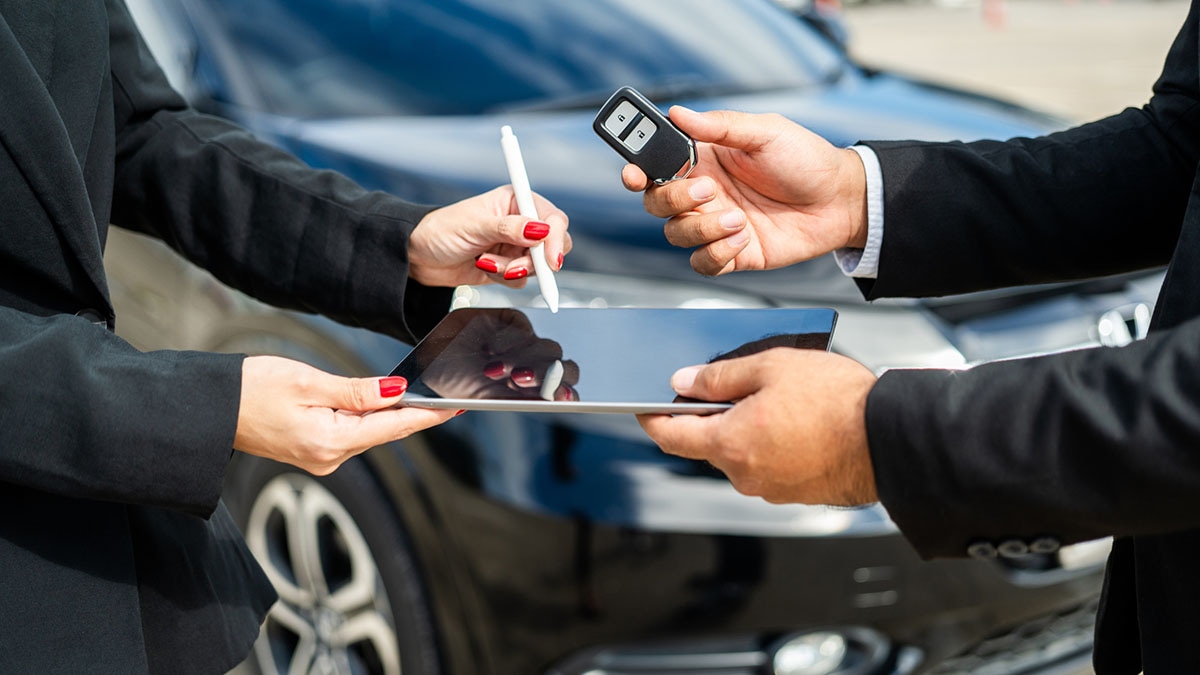Car shoppers have faced mixed and confusing news in recent weeks, but we finally have something unambiguously good to report: new cars became easier to afford in July.
The best measure of affordability isn’t price. It’s time. Few Americans buy a new car with cash. Most of us borrow to purchase and work to repay the loan.
The Cox Automotive/Moody’s Analytics Vehicle Affordability Index considers that, measuring how long it would take the average earner to pay off the average car loan. Cox Automotive owns Kelley Blue Book.
The index stayed between 33 and 36 weeks for most of a decade before the COVID-19 pandemic hit. That allowed Americans to grow used to cars taking up a certain percentage of their household budget.
Then the pandemic and subsequent supply chain problems sent prices soaring. Inflation and the Federal Reserve’s attempt to combat it with high interest rates upset the norm.
Car dealers have spent the summer ramping up discounts on new cars in an attempt to lure buyers back. That is helping affordability approach pre-pandemic norms. Last month, the index fell to 37 weeks — the shortest time we’ve seen in three years.
The typical payment declined 1.5% to $753, down from a peak of $795 in December 2022.
Unfortunately, the news isn’t all good for shoppers.
“New-vehicle affordability saw an improvement in July, even as auto credit availability declined,” said Cox Automotive Chief Economist Jonathan Smoke. “Consequently, while new vehicles might be somewhat more affordable, they are harder to obtain due to the continued weak performance of auto loans.”








